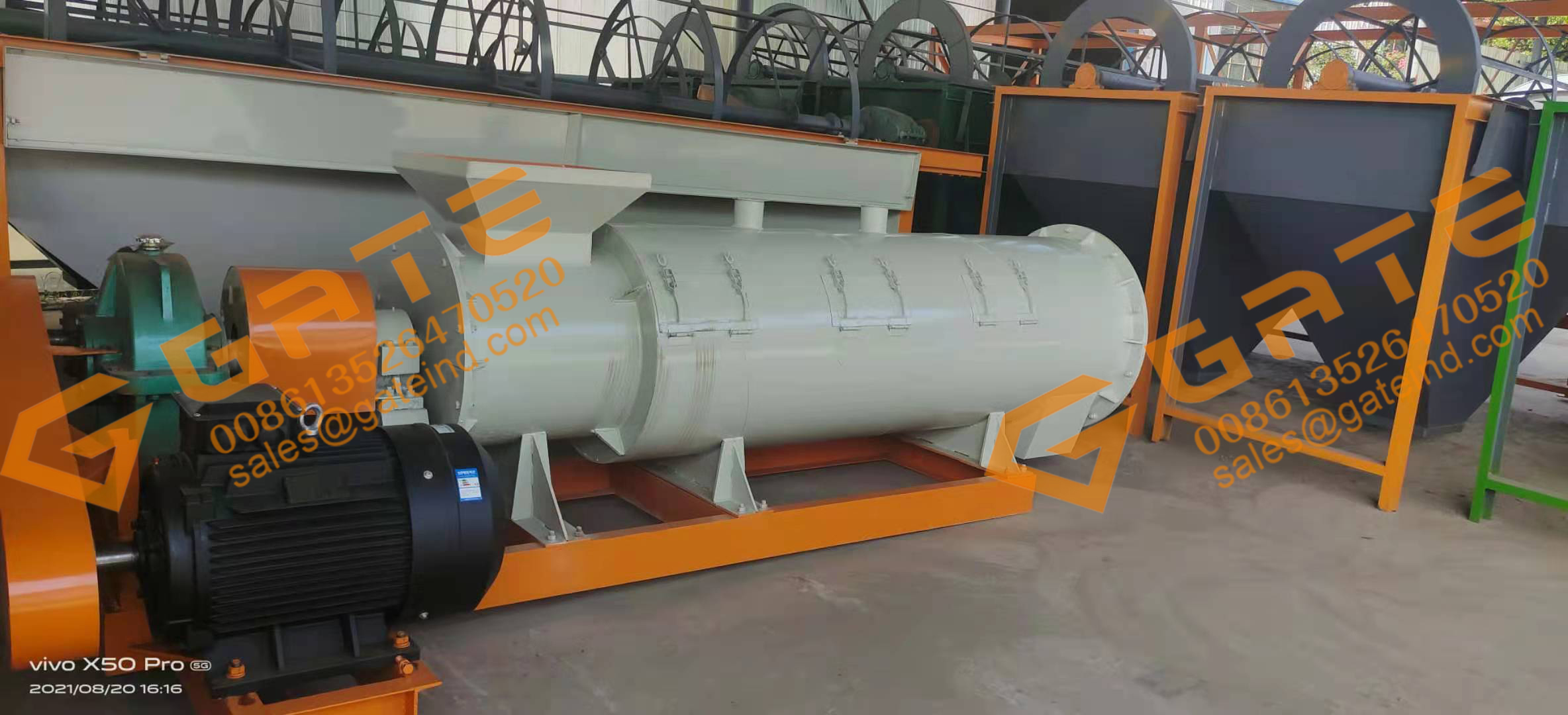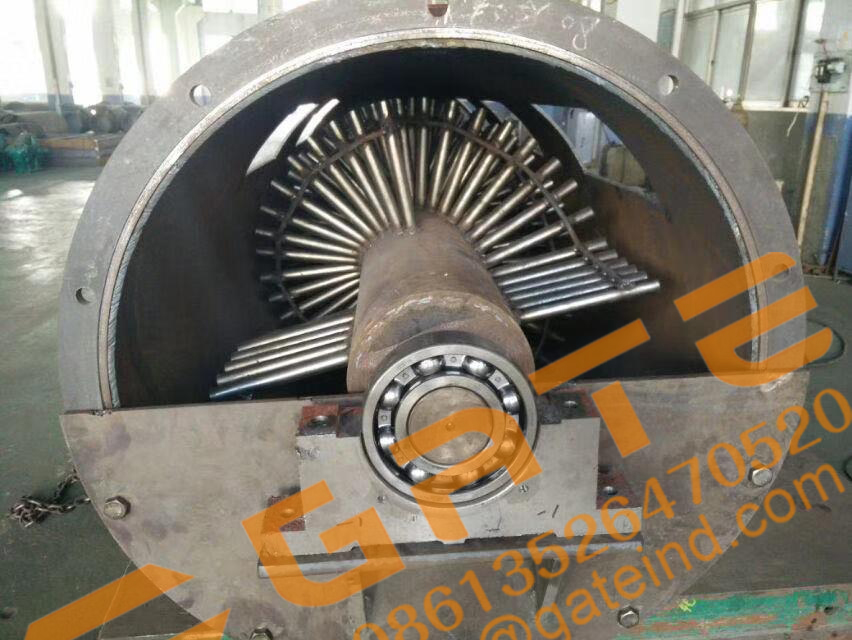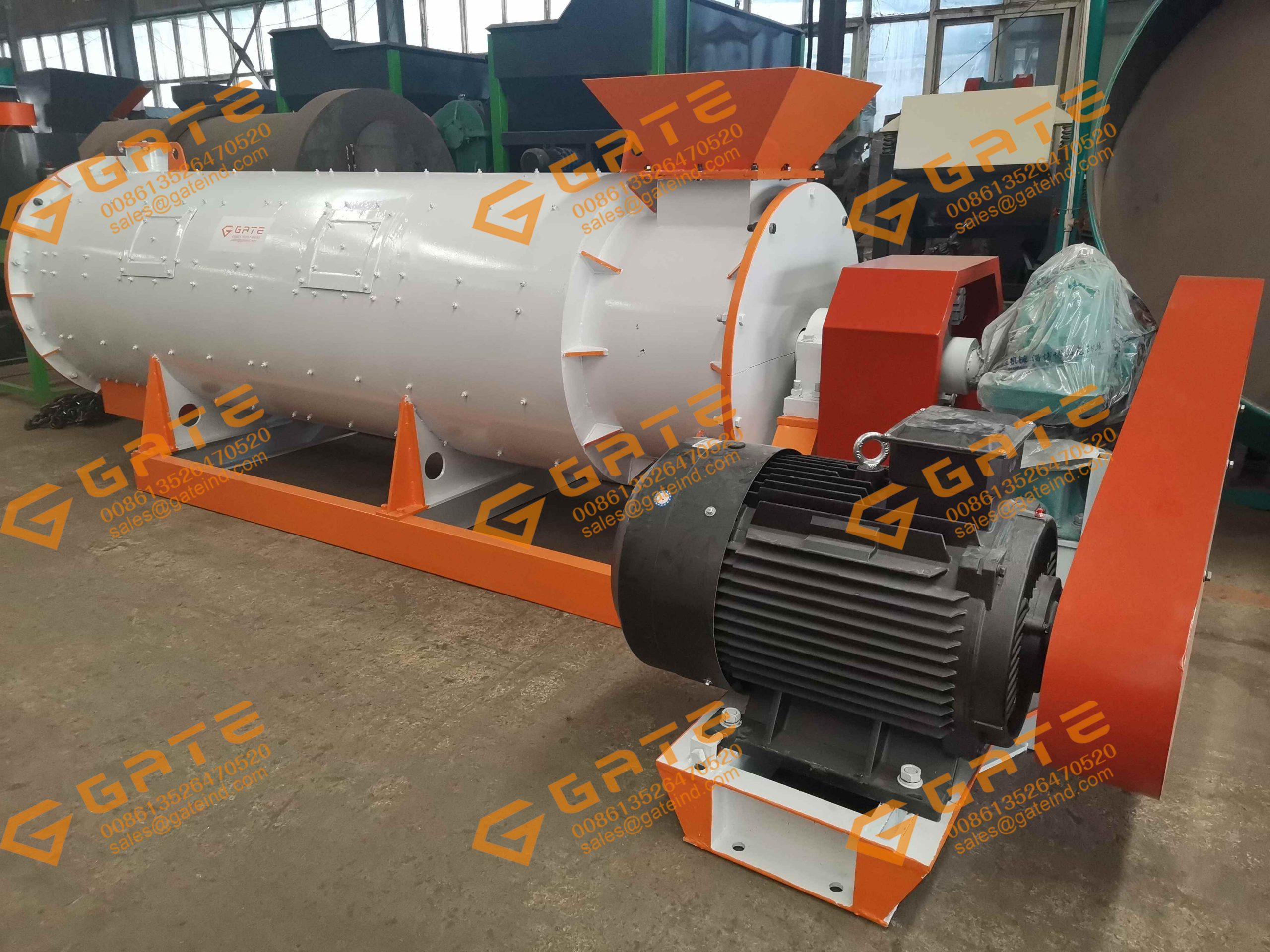What are the characteristics of the fertilizer stirrer granulator?
Application range of the stirrer granulator
The new organic fertilizer granulator has special purpose for granulating organic fermented fertilizers of municipal solid waste such as organic fertilizer raw materials, livestock manure, manure and urine, heaping fertilizers, green manure, and microbes, and adapts to various formulas. The compressive strength of the organic fertilizer produced by the stirrer granulator is higher than that of the disc granulator and the drum granulator. The wet granulator is suitable for direct granulation after organic fertilizer fermentation, which saves the drying process and greatly reduces the manufacturing cost.

Stirring granulator working principle
The new organic fertilizer granulator utilizes the mechanical agitation force of high-speed rotation and the aerodynamic force generated thereby to continuously mix, granulate, spheroidize and compact the fine powder material in the machine, thereby achieving the purpose of granulation. The particle shape of the tooth granulator is spherical, the sphericity is ≥0.7, the particle size is generally between 0.3-3 mm, and the granulation rate is high. The particle diameter can be determined by the material mixing amount and the spindle speed of the granulator. Proper adjustment, usually the lower the mixing amount, the higher the rotation speed, the smaller the particles, and vice versa.

Stirring granulator equipment features
1. The particles produced by the stirrer granulator are spherical.
2, the organic content can be as high as 100%, to achieve pure organic granulation.
3. The stirrer granulator uses the characteristics of organic particles under the action of each other, and can be inlaid and grown with each other, and no binder is needed for granulation.
4, the particles are solid, can be sieved after granulation, reducing drying energy consumption.
5. The organic matter after fermentation of the tooth granulator does not need to be dried, and the moisture content of the raw material can be 20-40%.

















Leave a Messages